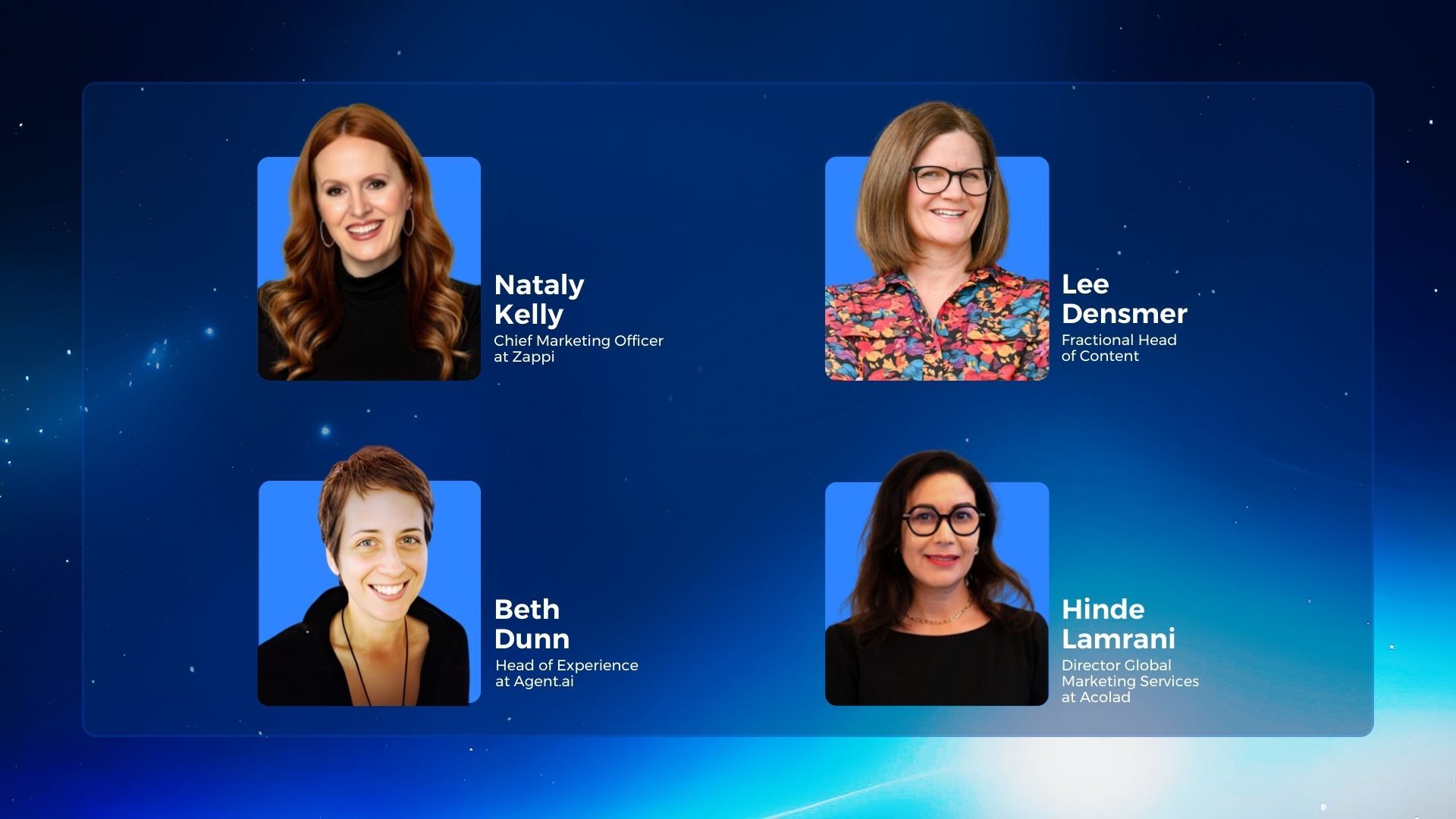The importance of language skills is growing in an increasingly global environment. Companies have multilingual customer bases, and there are also individual needs: A new office abroad needs a leader or someone to provide local employees with induction training. An employee needs to brush up on their language skills for an assignment abroad. Someone wants to improve their language skills before moving permanently to another country. In such a case, a good knowledge of the local language is also a social strength.
In other words, the range of needs is extremely diverse. Language skills need further development at the company and individual levels. How can you combine language training with work and free time? Fortunately, there are flexible options.
What Are the Options to Improve Your Language Skills?
We all have our reasons to study. Perhaps you want to brush up on your skills or learn a new language. Motivation and the time available for learning vary as well. Although there are numerous factors, it’s possible to find the best way to learn for everyone.
Teacher-Driven Learning
Modifiability is one of the strengths of teacher-driven learning. A language trainer can test and assess the learner’s skill level for the further development of their language skills. If the goal is to improve their current skills, the training can be adjusted to better serve their need for language skills in their current or future duties. This can be done by improving their presentation and negotiation skills in another language, among other ways. If the development need is related to writing certain types of text, for example, the focus will be on achieving this goal.
In teacher-driven learning, feedback is the most significant benefit in terms of motivation and continuity. A professional trainer notices improvement and knows how to bring it to light. This motivates the learner to continue. The learner will also be informed about what they should focus on to improve further. A language trainer should be seen as a coach above anything else. Much as in the world of sports, their goal is to improve and fine-tune the learner’s skills using the available resources.
And yes, a language trainer can give you homework. This depends on the trainer, of course, but there will probably be homework, as learning is supposed to continue beyond the lessons. It’s a two-way street: if something that was discussed in class remains unclear or questions arise outside the lessons, these can and should be shared with the trainer. They are there to help and correct any mistakes.
Teacher-driven learning can be provided to individuals or small groups. In a small group, the participants’ skill levels must be similar for everyone to fully benefit from the training. No one wants to attend a lesson to repeat things that they already know, or get lost from the outset.
Information technology brings flexibility to teacher-driven learning, as training can also be provided online. Learners can participate using their computer at work or home, for example. All they need is a laptop computer, tablet, or smartphone. Nevertheless, most learners seem to favor face-to-face training, which can be provided in the company’s meeting room or another suitable quiet facility that can be booked. Training can also be provided at Acolad’s facilities.
Teacher-driven learning is particularly suitable for learners whose skills need considerable development in spoken language or writing certain types of text. This always involves tailoring. The topics and content are selected to support the development of language skills and work performance.
Teacher-driven learning requires commitment and an opportunity to participate in lessons. This may require the learner to have their employer’s permission to participate in training during working hours. Lessons during the lunch break are a surprisingly popular way to organize training.
Self-Learning
Self-learning offers a particularly wide range of options. Massive amounts of various learning materials are available, even from libraries. These are supplemented by a wide offering of digital learning materials.
The multitude of materials makes the choice difficult. Which materials are best suited for you and best support your individual development needs? Making the right choice may take a long time.
In self-learning, the learner must have the motivation for systematic, long-term learning. They must have clear goals. A great deal of self-direction and motivation is needed if you seek to master a language on your own.
The strengths of self-learning include flexibility. Self-learning materials seldom depend on place or time. You can do exercises at home in the evening or test your listening comprehension skills when you’re commuting. In terms of freedom, digital learning material is on a completely different level than teacher-driven learning.
Opportunities for self-learning during working hours may be scarce, unless the employer provides materials and otherwise encourages learning. For companies, employees’ language skills are always a strength, as their skills are reflected in their capability of serving customers and other stakeholders.
However, self-learning doesn’t cover the full range of skills. Self-learning materials are ideal for improving your reading and listening comprehension skills, but they aren’t as effective as teacher-driven learning in terms of spoken language. This also applies to written language to some extent. The vital feedback that helps you focus on your individual development needs is also missing. Digital learning material usually provides feedback on exercises and tests, so the learner is not left completely without feedback.
Hybrid Learning
Hybrid learning combines the strengths of self-learning and teacher-driven learning and enables the development of every aspect of language skills. The language trainer focuses on the development needs and provides feedback and tips for improvement. Outside lessons, the learner focuses on self-learning materials either independently or under supervision, which is why private lessons are needed less often than in teacher-driven learning.
Hybrid learning is most effective when the learner knows they need encouragement and guidance from a language trainer, but they are also motivated to use their own time to improve their language skills. The trainer is responsible for helping the learner put their skills into practice in their work as effectively as possible.













































































































